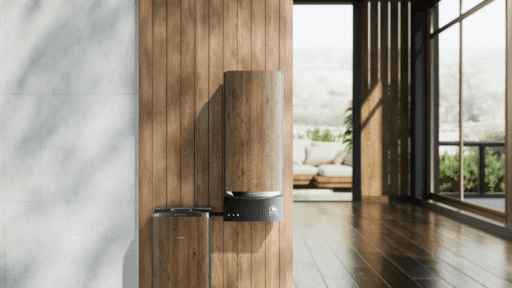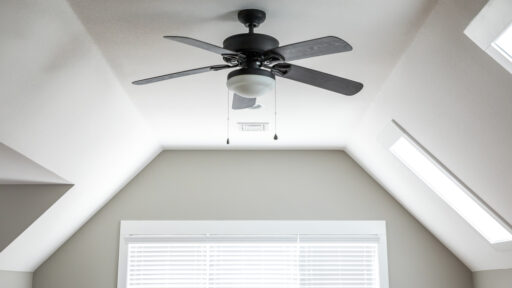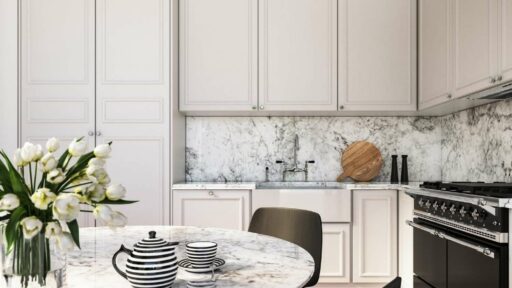With the frenetic pace of today’s world, the home is no longer simply a place of rest—it is a refuge where we find comfort, relaxation, and even inspiration. Whether you reside in an apartment or a large home, the objective is the same: to make a space cozy and useful that showcases your character as well as fulfills your everyday requirements. Finding that equilibrium may appear daunting, but with proper techniques, one can turn any room into a warm haven.
Understanding the Idea of a Cozy Home
Cozy does not necessarily mean cluttered or stuffed with plush things. Rather, it’s creating warmth and comfort through deliberate design, soft textures, and inviting atmosphere. Cozy homes welcome you to unwind and relax. They tend to include warm colors, gentle lighting, and comfortable pieces of furniture that lead you to stay awhile.
But comfort isn’t sufficient if your home doesn’t work either. A space has to work for you, providing solutions for daily challenges. This involves arranging your belongings, maximizing storage space, and creating spaces that flow directly from your activities.
Decluttering: The First Step Toward Functionality
Another major hindrance to a working home is clutter. Too many things, strewn about, can overwhelm any room and take away its coziness. Begin by de-cluttering each room systematically:
Sort through your belongings: Divide things into groups—keep, give away, recycle, or throw away.
Be truthful: Reflect on whether or not you really need or use something before retaining it.
Organize: Store items in storage boxes, shelves, and baskets to remain organized and hidden from sight.
By minimizing clutter, not only do you achieve a cleaner space, but you also simplify cleaning and stress is lessened.
Choosing the Right Color Palette
Colors have a strong impact on the mood of a room. For a warm atmosphere, warm colors like soft beiges, gentle yellows, rich browns, and muted reds are perfect options. These paint colors are associated with warmth and coziness. If you prefer cooler colors, use soft blues or greens with warm accessory pieces like wooden furniture or plush rugs.
Neutrals provide a serene background and make it simple to change accents and accessories to update your space in the course of time. Try combining different colors and see what you like best for your own personality and how you plan to use each room.
Lighting: Setting the Mood
Lighting is usually an afterthought, but it does a lot to make a house feel welcoming. Natural light is best, so take advantage of window space and forgo heavy window treatments that absorb light. For nights or rooms that don’t get much natural light, use layered lighting:
Ambient lighting: Overall overhead lighting for general illumination.
Task lighting: Desk lamps or under-cabinet lighting for individual activities.
Accent lighting: String lights, candles, or lamps to create warmth and personality.
Dimmer switches are good investments because they enable you to control brightness according to mood or task, achieving the desired ambiance for relaxation or concentration.
Furniture: Comfort Meets Style
When you choose furniture, opt for comfort without compromise on style. Sofas and chairs should make you want to sink in and relax. Choose sturdy fabrics that are simple to clean, particularly if you have children or pets.
Look to multifunctional furniture to create space—ocean-blue ottomans with storage, sofa beds, or adjustable dining tables. These items preserve functionality within smaller houses or open-plan spaces.
Placing furniture strategically can also enhance room flow. Steer clear of obstructing natural pathways and invite comfortable conversation spaces by clustering seating. Don’t hesitate to blend old and new furniture to infuse personality and richness into your space.
Adding Personal Touches
Your home must reflect your story. Personal touches such as family portraits, artwork, and travel souvenirs make a room your own. There’s one especially powerful way to bring character and warmth to a space, though: extra large canvas wall art. Such pieces of wall art can anchor a room’s décor, inject lively color, and express your tastes in bold yet refined fashion.
Houseplants are also a great way to introduce life and color into your household. They purify the air, lower stress, and provide a sense of being connected to nature, which is calming by its very nature.
Maximizing Storage Solutions
Storage is key to keeping a clean, liveable home. Go vertical—install wall-mounted shelves and hooks to open up floor space. Invest in storage furniture or use decorative bins and baskets that match your décor.
Don’t neglect to check often-forgotten areas like under the bed, behind doors, or on top of cabinets. Clever storage solutions can convert these spaces into great places to store things you don’t need every day.
Setting Zones for Various Activities
Particularly in open-plan houses or tiny apartments, setting zones for particular functions serves to keep things in their place and make them more usable. For instance:
Work zone: A specific desk space with proper lighting and an ergonomic chair. Incorporating office wall decor in this area not only individualizes your workspace but can also stimulate creativity and productivity.
Relaxation zone: A cozy corner with a comfortable chair or couch, soft blankets, and an adequate reading lamp.
Dining zone: A clear and appealing space for eating with no mess.
By utilizing rugs, furniture placement, or room dividers, it is possible to create a visible separation between these areas without losing an overall sense of coherence.
Welcoming Technology Considerately
Technology in smart homes will make everyday life simpler and more convenient. Automating lighting, heating and cooling, and security systems provides convenience without compromising the cozy, personal ambiance of your home.
Use technology judiciously so that clutter or complexity does not become an issue. Products that integrate with your decor are best.
Maintaining Your Cozy, Functional Home
Creating the perfect home isn’t a one-time project. It requires ongoing effort to keep things organized, clean, and welcoming. Set regular tidying routines and be mindful when bringing new items into your space.
Also, allow your home to evolve as your needs change. Flexibility is key to long-term comfort and satisfaction.
Conclusion
Creating a warm and functional home is a matter of balance—balancing comfort and practicality to make a space that promotes your health and facilitates your lifestyle. Through decluttering, using warm hues, maximizing light, selecting comfortable pieces of furniture, and incorporating personal elements such as extra-large canvas wall art and office wall art, you can make any living space a haven. Embrace your creativity, stay organized, and have your home really reflect who you are. After all, the greatest home is one where you feel perfectly comfortable.






